Wall Panel and Cladding Options: A Comprehensive Guide
Transforming your interior or exterior spaces begins with the right wall coverings. Choosing the perfect wall panel and cladding options can significantly impact the aesthetics, functionality, and overall value of your property. At Cartlab cartlab.web.id, we understand the importance of making informed decisions when it comes to home improvement. This comprehensive guide will delve into the diverse world of wall panels and cladding, helping you navigate the options and select the ideal solution for your project. We’ll explore various materials, styles, and installation considerations to ensure you achieve the desired look and functionality. From enhancing the curb appeal of your home to creating a stunning interior focal point, the possibilities are endless.
Understanding the nuances of wall panel and cladding options can feel overwhelming at first. However, by breaking down the different materials, styles, and applications, we aim to simplify the selection process. This guide provides a detailed overview of popular choices, highlighting their advantages and disadvantages, to assist you in making an informed decision that aligns perfectly with your budget, aesthetic preferences, and project requirements. Whether you’re a seasoned DIY enthusiast or working with a professional contractor, this resource will empower you to confidently choose the best wall panel and cladding options for your specific needs.
This guide will cover a wide range of materials, including wood, metal, stone, composite materials, and more, examining their durability, maintenance requirements, and suitability for various environments. We will also explore different installation methods, design considerations, and the potential impact on the overall atmosphere of your space. By the end of this guide, you will be well-equipped to make informed choices that elevate your home’s beauty and functionality.
1. Wood Wall Panels and Cladding: Natural Beauty and Warmth

Wood offers timeless appeal and a warm, inviting ambiance. Its natural variations in grain and color create unique textures that add character to any space. However, the choice of wood depends on several factors including durability, maintenance requirements, and budget.
Types of Wood Wall Panels and Cladding:
- Solid Wood: Offers superior durability and longevity, but is more expensive and requires regular maintenance to prevent damage from moisture and pests.
- Engineered Wood: More affordable and less prone to warping or cracking than solid wood. Options include plywood, MDF (Medium-Density Fiberboard), and HDF (High-Density Fiberboard). These often require a veneer or paint finish.
- Reclaimed Wood: Environmentally friendly and offers unique character with its weathered appearance. However, availability and consistency can be challenging.
Pros:
- Aesthetically pleasing and versatile.
- Creates a warm and inviting atmosphere.
- Can be stained or painted to match any décor.
Cons:
- Can be expensive, especially for solid wood options.
- Requires regular maintenance to prevent damage from moisture and pests.
- Susceptible to scratches and dents.
2. Metal Wall Panels and Cladding: Modern Aesthetics and Durability

Metal cladding offers a contemporary and sleek aesthetic, known for its durability and resistance to the elements. This makes it a popular choice for both interior and exterior applications.
Types of Metal Wall Panels and Cladding:
- Aluminum: Lightweight, corrosion-resistant, and relatively inexpensive. Available in various colors and finishes.
- Steel: Highly durable and strong, but heavier than aluminum and susceptible to rust without proper coatings.
- Copper: Develops a unique patina over time, adding character and visual interest. More expensive than aluminum or steel.
- Zinc: Offers excellent corrosion resistance and a distinctive appearance.
Pros:
- Durable and long-lasting.
- Resistant to weather and damage.
- Low maintenance.
- Wide range of styles and finishes.
Cons:
- Can be expensive, especially for certain metals.
- Can be susceptible to dents and scratches.
- May require professional installation for larger projects.
3. Stone Wall Panels and Cladding: Natural Elegance and Timeless Appeal
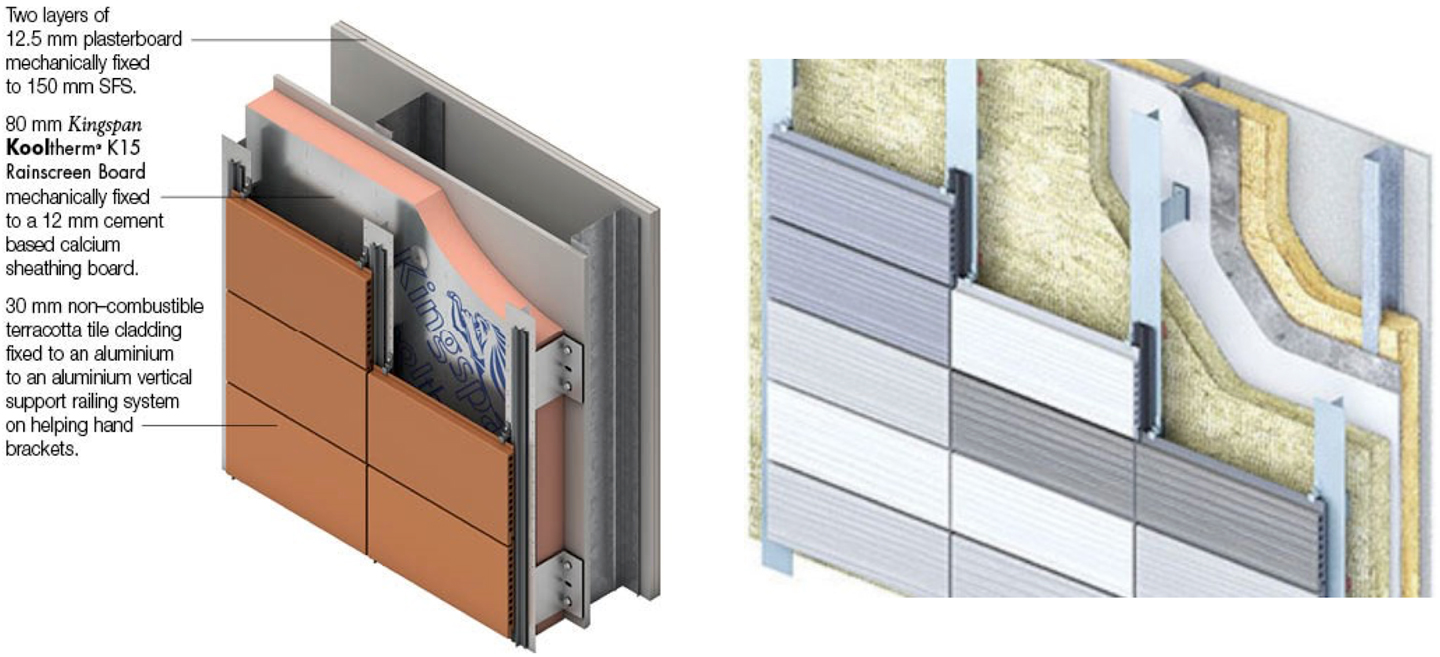
Stone wall panels and cladding bring a touch of natural elegance and sophistication to any space. From rustic to modern, stone offers unparalleled versatility and durability.
Types of Stone Wall Panels and Cladding:
- Natural Stone: Includes options like granite, marble, limestone, and slate. Offers unique textures and patterns but can be heavy and expensive.
- Manufactured Stone: More affordable and lighter than natural stone, mimicking the appearance of natural materials.
Pros:
- Durable and long-lasting.
- Adds a touch of natural elegance.
- Wide range of colors and textures.
Cons:
- Can be heavy and difficult to install.
- Natural stone can be expensive.
- Requires sealing to protect against staining and moisture damage.
4. Composite Wall Panels and Cladding: Versatility and Cost-Effectiveness

Composite materials offer a balance between aesthetics, durability, and cost-effectiveness. These materials combine different components to create panels that mimic the look of other materials while offering enhanced properties.
Types of Composite Wall Panels and Cladding:
- Fiber Cement: A durable and fire-resistant material that is resistant to rot, insects, and moisture.
- High-Pressure Laminate (HPL): Offers a smooth, durable surface with a wide range of colors and patterns.
- PVC: A waterproof and low-maintenance option, suitable for both interior and exterior applications.
Pros:
- Durable and long-lasting.
- Low maintenance.
- Cost-effective compared to natural materials.
- Wide range of styles and finishes.
Cons:
- Some composite materials may not be as aesthetically pleasing as natural materials.
- Certain types may require professional installation.
5. Other Wall Panel and Cladding Options: Exploring Beyond the Traditional
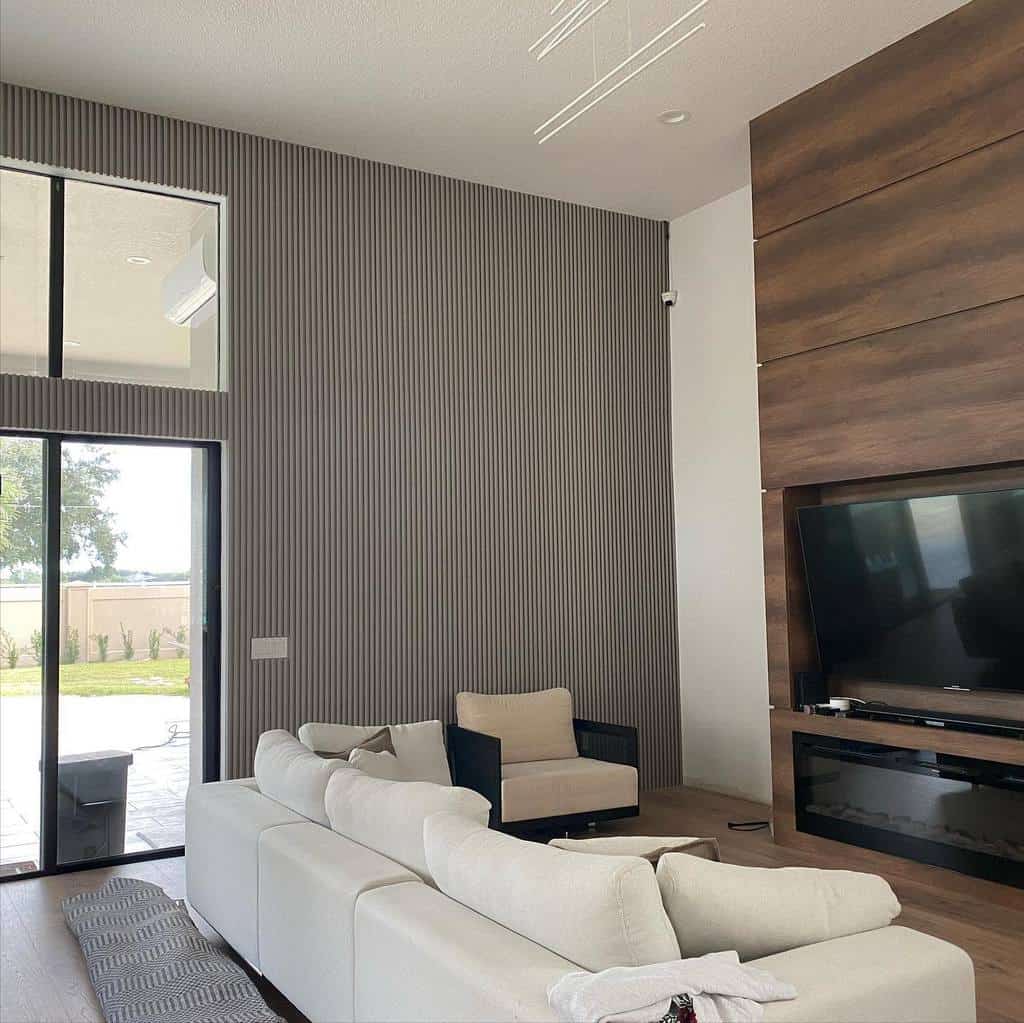
Beyond the common choices, there are many other innovative wall panel and cladding options available to enhance your interior or exterior design.
Alternative Materials:
- Brick: Provides a classic and timeless look, adding a sense of durability and warmth.
- Glass: Offers a sleek, modern aesthetic, allowing natural light to penetrate the space. Consider using it for accent walls or partitions in your entryway, as described in our detailed guide on Entryway and Foyer Design Guide.
- Bamboo: A sustainable and eco-friendly option that adds a natural touch to your space. It can also be used in outdoor spaces such as your porch, as discussed in our Porch and Patio Design: A Complete Guide.
- Concrete: A highly durable and versatile material offering a modern industrial look.
Considerations for Choosing Wall Panel and Cladding:
- Budget: Prices vary significantly depending on the material and installation complexity.
- Style: Select a material that complements your overall design aesthetic.
- Durability: Consider the level of wear and tear the material will endure.
- Maintenance: Some materials require more maintenance than others.
- Installation: Assess whether you can install the panels yourself or if professional help is needed.
Choosing the right wall panel and cladding options is crucial for achieving your desired aesthetic and functionality. Remember to consider factors like durability, maintenance, and budget when making your selection. For further assistance and a wider range of options, visit our website at cartlab.web.id.
By carefully considering these factors, you can transform your spaces into beautiful and functional environments. Remember to consult with professionals for complex projects or when working with challenging materials.
For more information and inspiration, you can explore our comprehensive guide available at Wall Panel and Cladding Options: A Comprehensive Guide. This guide provides detailed information on various materials, installation techniques, and design considerations to help you make informed decisions.
This article draws upon the expertise found in resources such as [This would be a relevant external link to an authority on building materials], [Another relevant external link focusing on interior design], and [A third relevant external link discussing exterior cladding options]. These resources provide further insights into the intricacies of wall paneling and cladding.

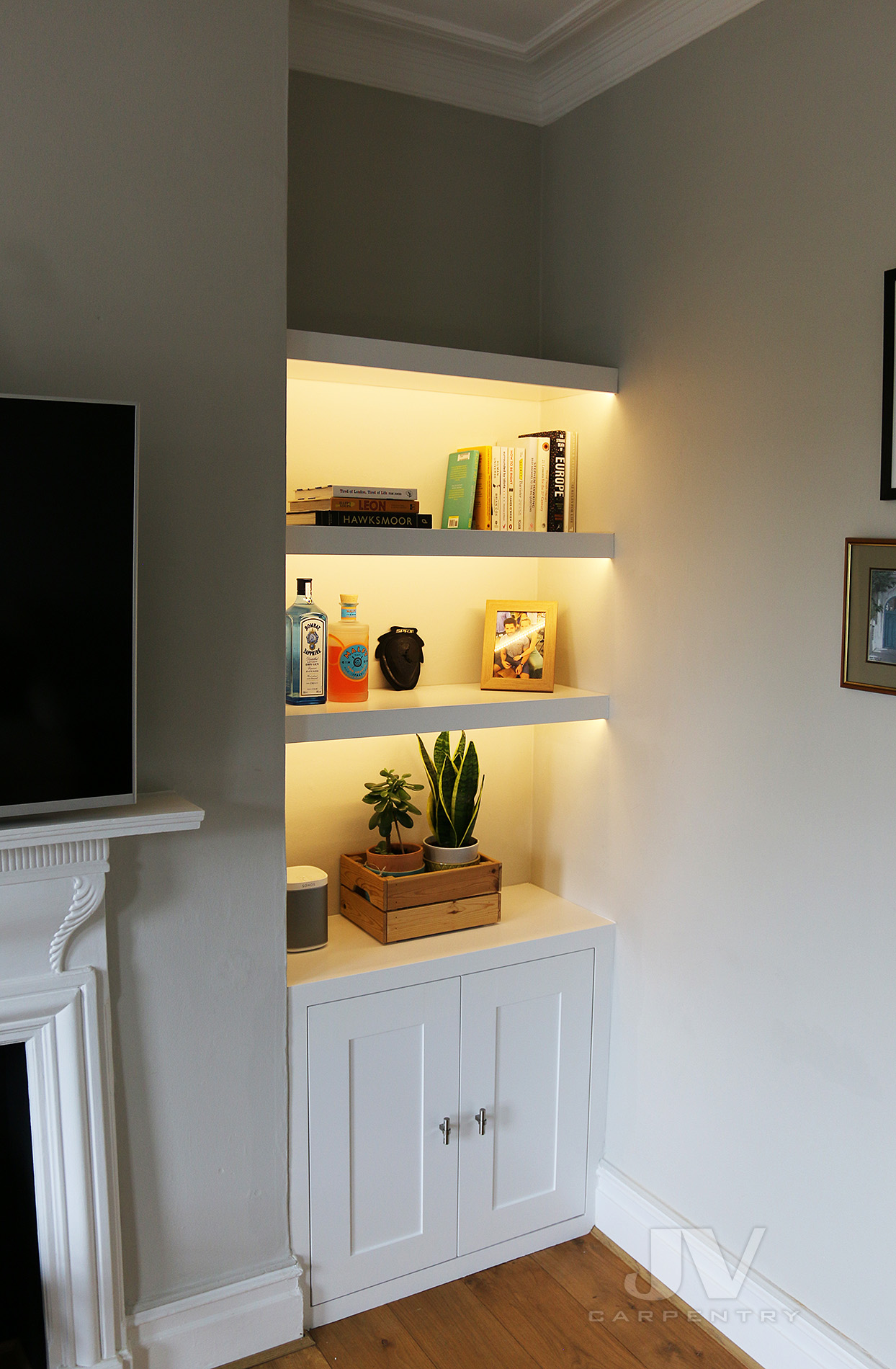
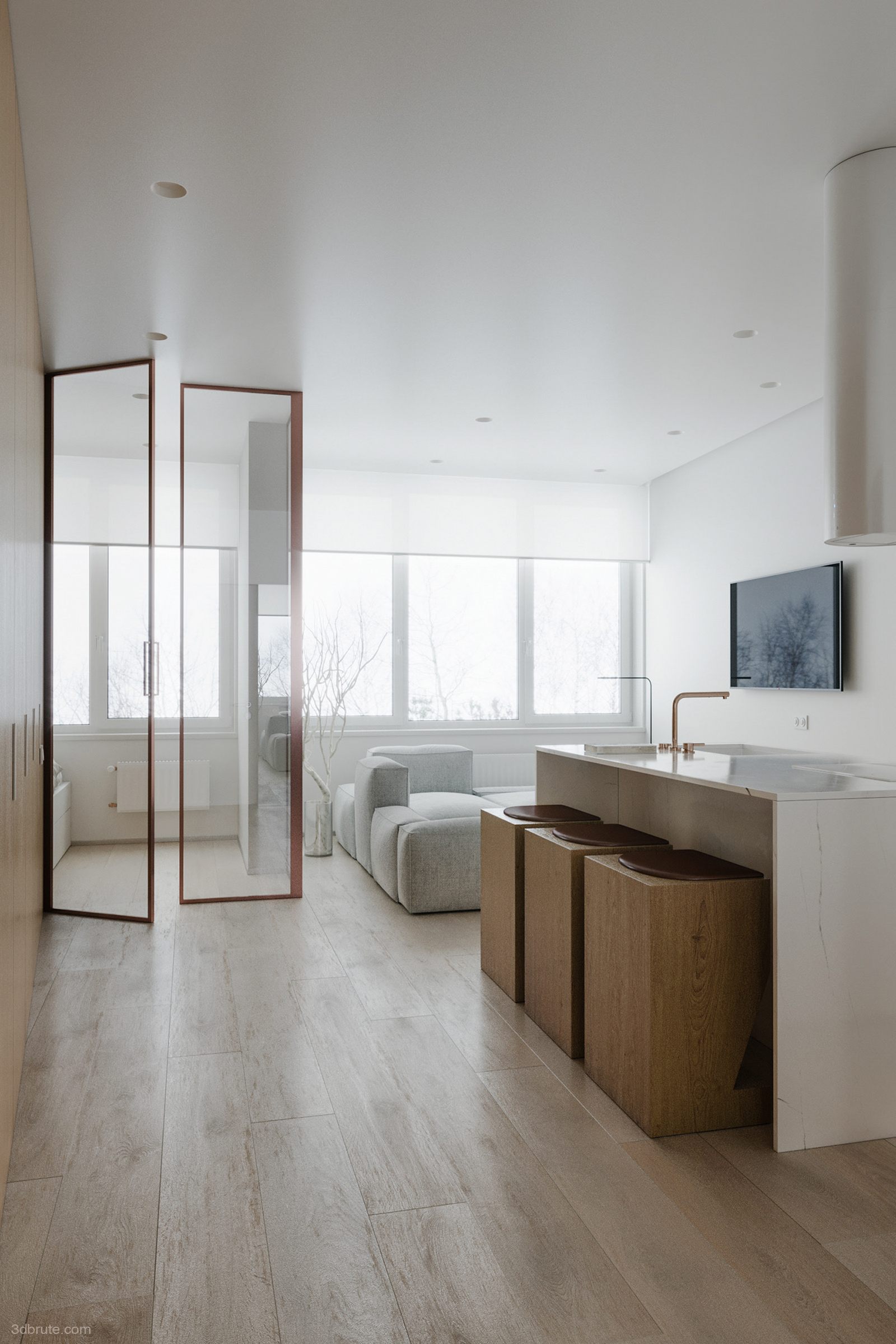
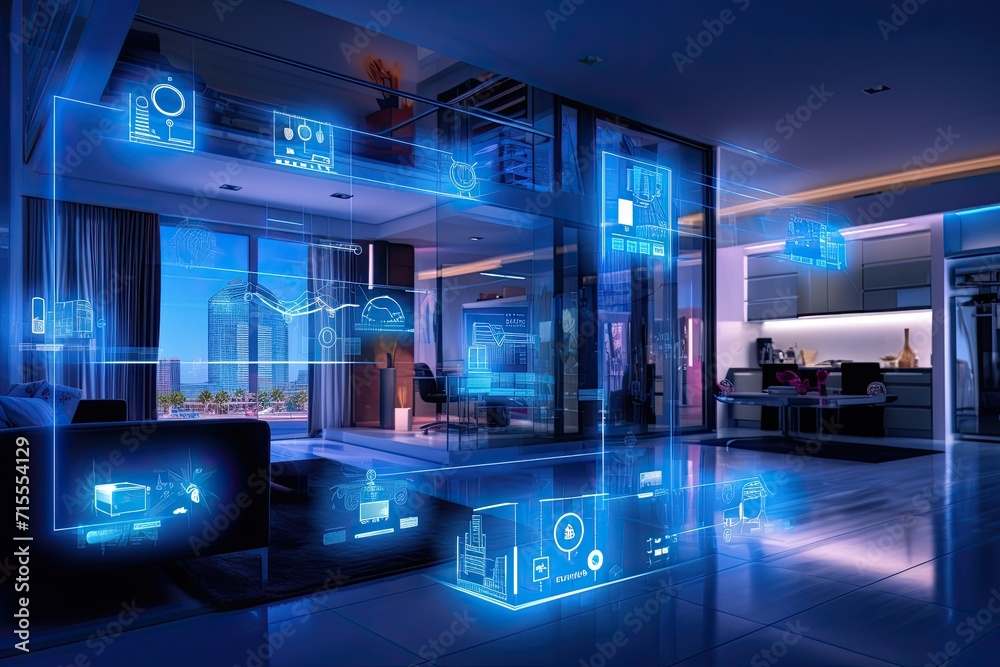


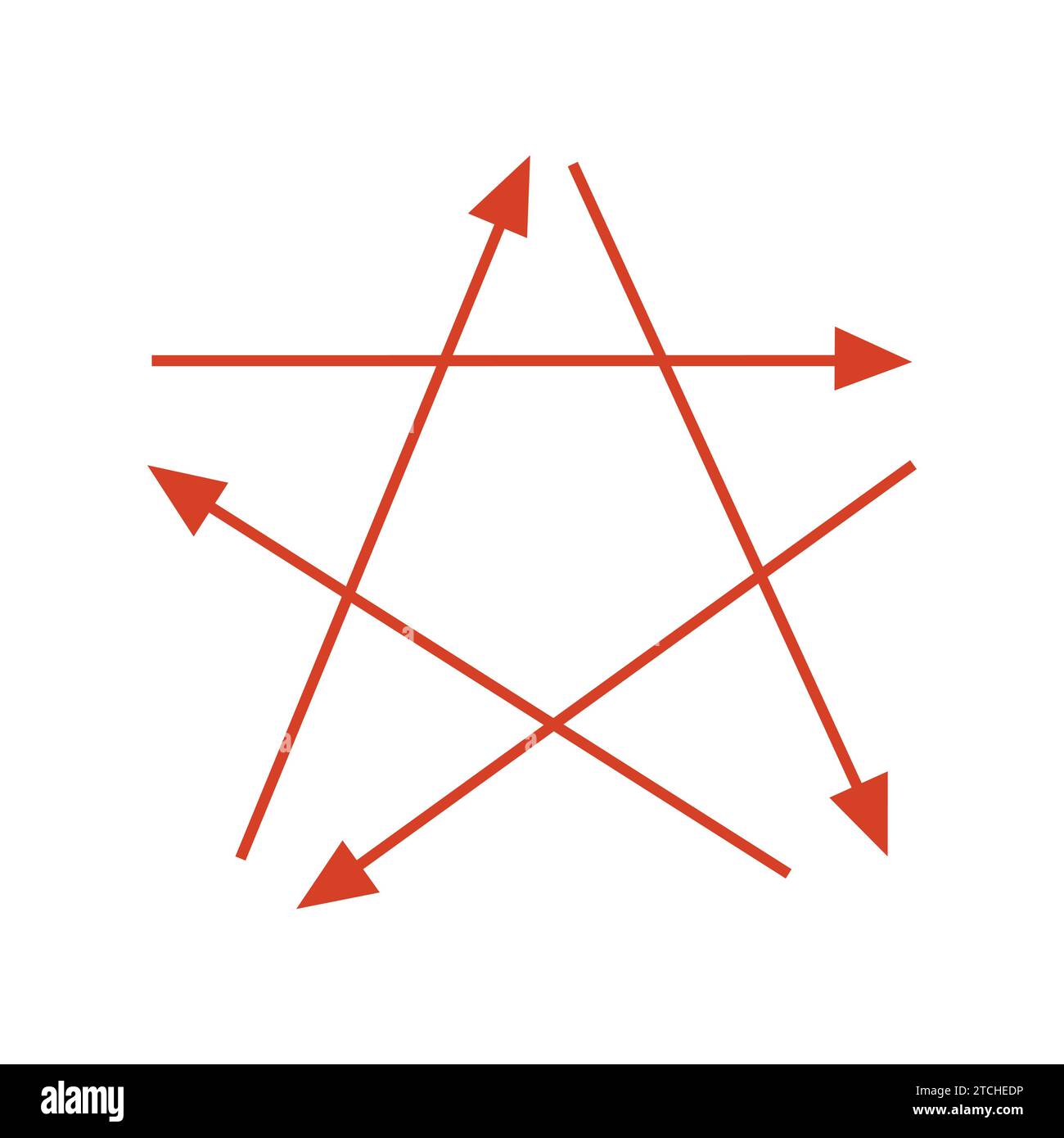
Comments